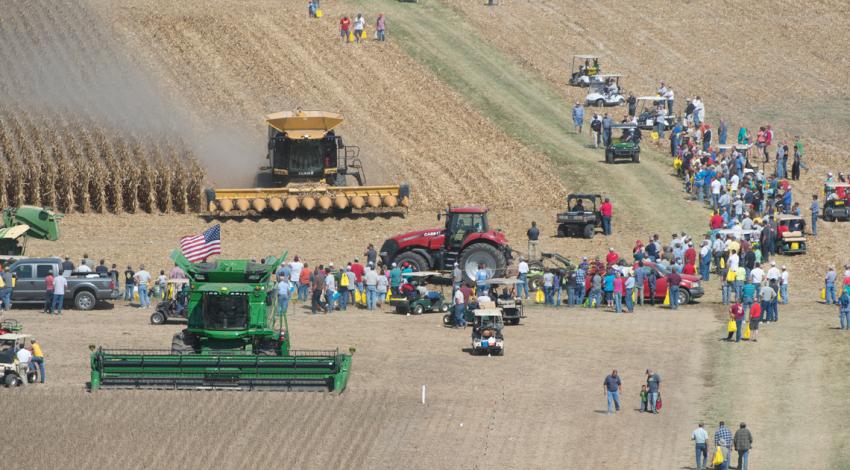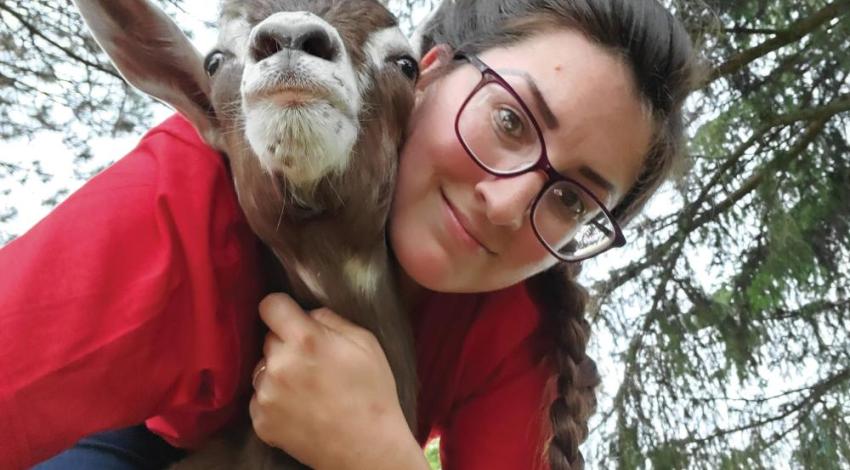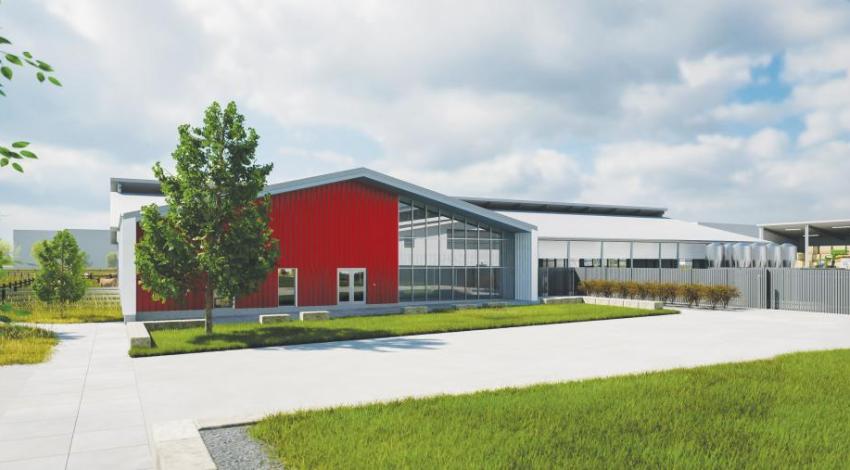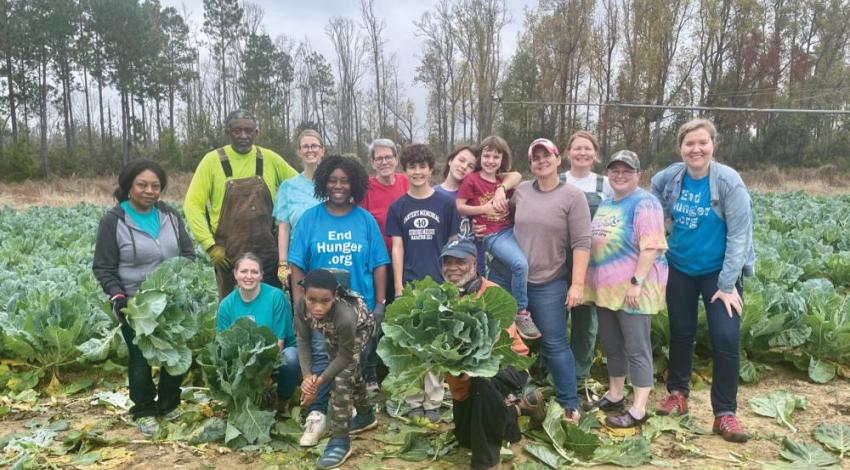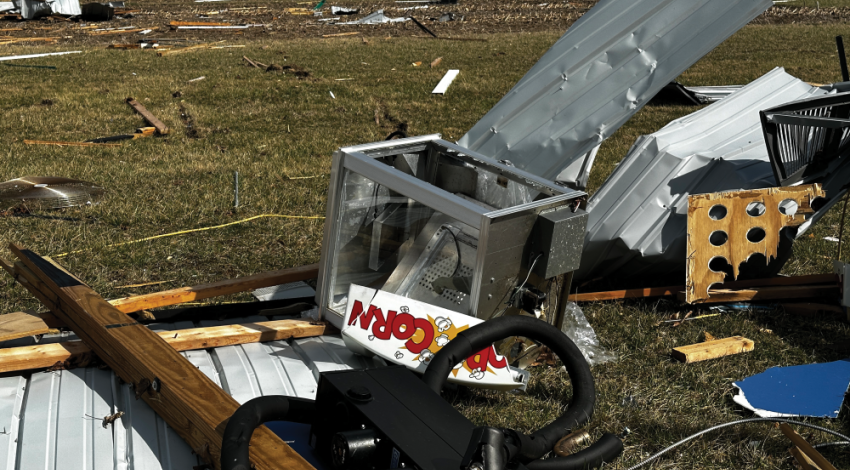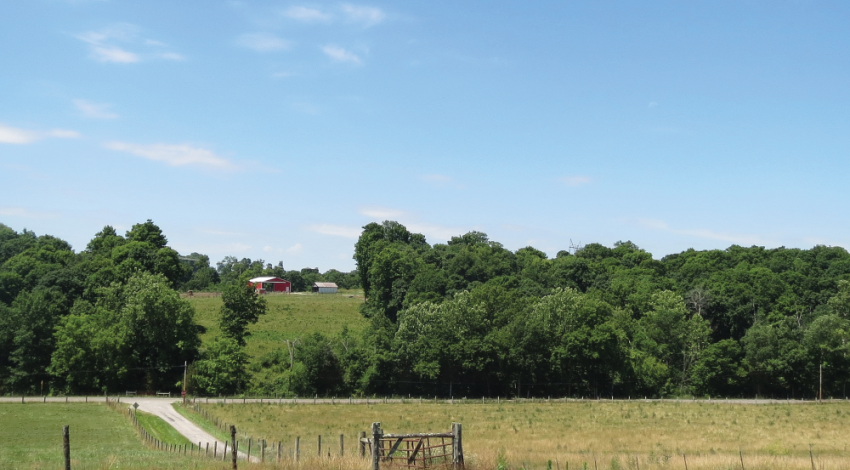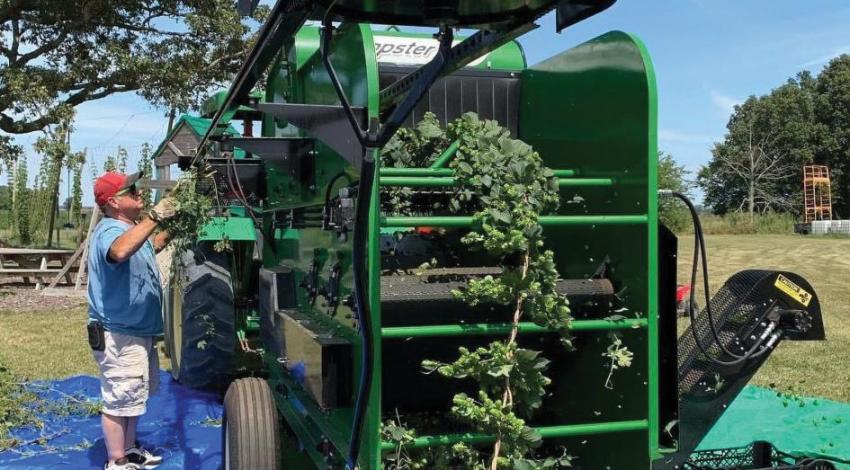In 1772, four years before the start of the revolution that wrested control of the colonies from Great Britain, the British king, George III, gave hundreds of acres of land in what was then the Colony of Virginia to an Englishman named Alexander Smiley, for the purpose of f
Smiley, with help from the eighth and ninth generations of Smiley farmers — his son, James, and two grandsons, John and Alexander — raises corn, soybeans, hay, and Charolais beef cattle on 100 acres of the original Smiley farm, plus additional farmland they either own or lease.
“The deed from King George was for at least 500 acres, but might have been for more than 1,000 acres,” John says. “We’re just not sure because parts of it were parceled off when people got married, and lots of the property records were destroyed in a courthouse fire.”
